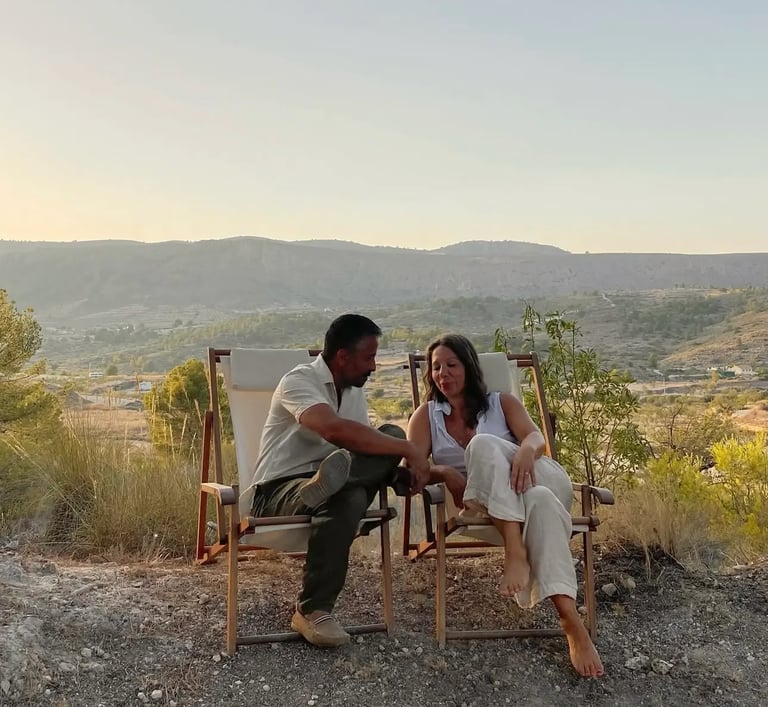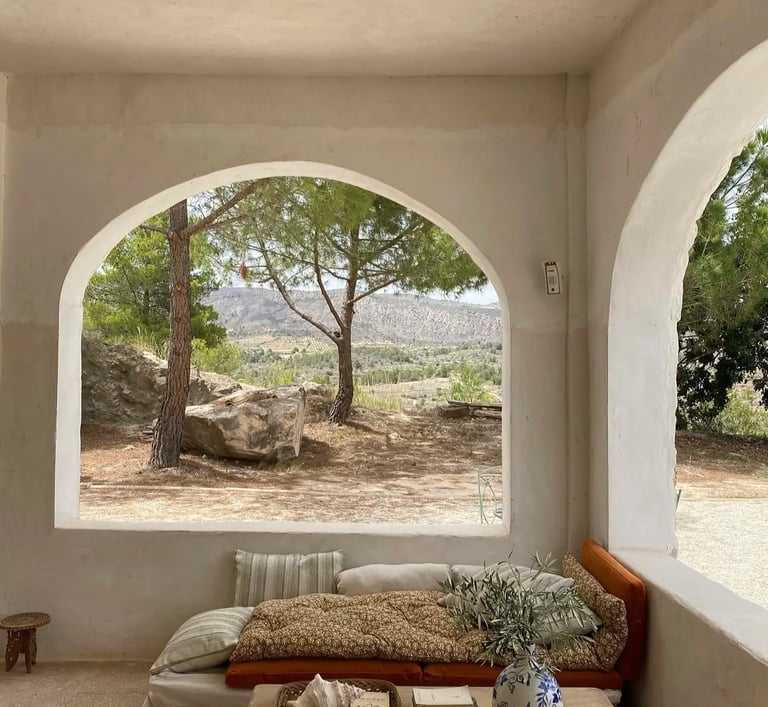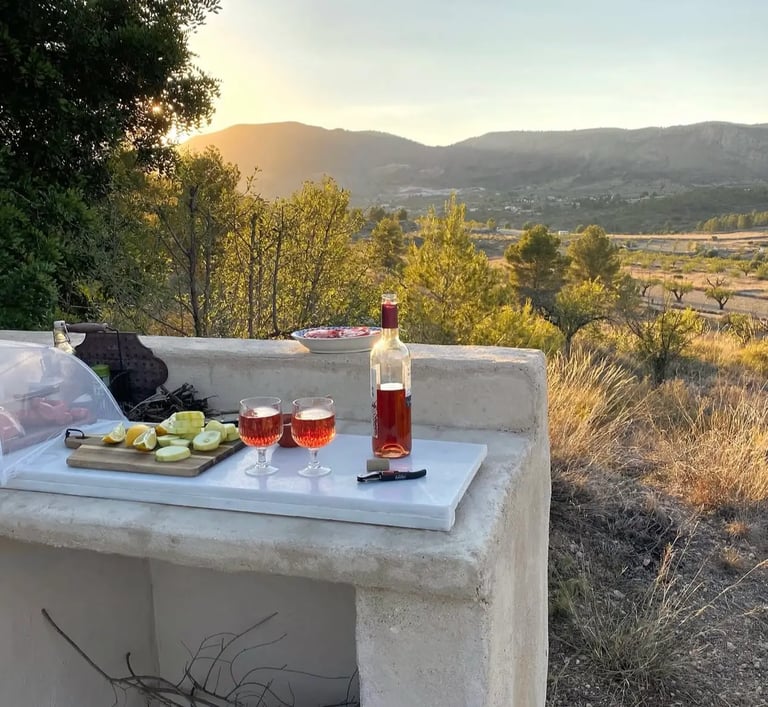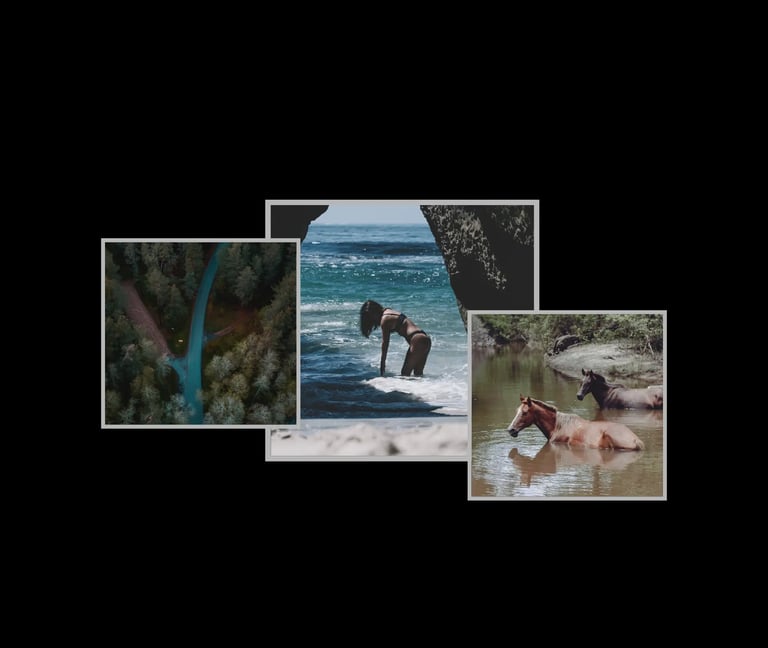Rooted and Slow: Lina Paciello on Living with Intention, Beauty, and Grace
PEOPLE & STORIES
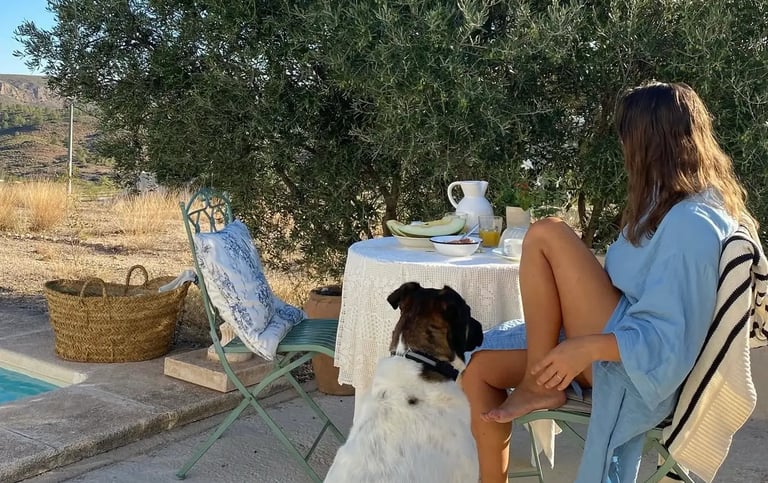

Name: Lina Paciello
Title/Profession: CEO Gröna Gredelina
Based in: Sweden
Instagram: @linapaciello
Known for: Lina is a Swedish-Italian creative known for her soulful approach to slow living, sustainability, and timeless design.
In a fast-paced world that often glorifies busyness and excess, choosing to live slowly and intentionally is a quiet act of resistance—and a deeply nourishing one. Lina Paciello, a writer, mother, and founder of a sustainable lifestyle brand, has embraced this philosophy wholeheartedly. Her journey weaves through the serene minimalism of Sweden, the soulful traditions of Italy, and the grounded simplicity of rural Spain. In this interview, Lina shares how each culture has shaped her approach to slow living, sustainability, and beauty. From motherhood to creativity, she offers thoughtful insights and gentle encouragement for anyone seeking a more present and purposeful way of life.
1. Your journey spans Sweden, Italy, and Spain. How have these diverse cultures influenced your approach to slow living and sustainability?
Each place has given me a unique piece of the puzzle. From Sweden, I’ve inherited a deep respect for nature and minimalism. Italy has taught me the beauty of savoring life—through food, music, and strong family bonds. And Spain, especially the rural part where we live, has shown me how to live close to the land and appreciate simplicity. Together, they’ve shaped a lifestyle that’s slow, intentional, and deeply connected to the seasons.
2. What inspired you to simplify your life and embrace a slower, more intentional lifestyle?
Besides the fact that I practically grew up with the slow living lifestyle—thanks to my Italian upbringing, where it’s a natural way of life—it was more of a gradual unfolding than one single event. I started noticing how much noise surrounded me, both physically and mentally. Slowing down became a way to hear myself better—to taste the food I cook, to see the beauty in everyday rituals, and to live in a way that felt honest to who I am.
3. You’ve created such a calming, cohesive aesthetic—how important is beauty in your sustainability philosophy?
Beauty is very important to me—but not in a polished, perfect way. What’s beautiful to me might not be so for someone else. When I’m in a space that I perceive as beautiful, I’m a happier person. When I’m in a space that feels ugly, I tend to get sad and even depressed. I believe in natural beauty, patina, and imperfection. Creating a home or lifestyle that feels beautiful makes me want to care for it longer, and that in itself is sustainable. When something is truly loved, it’s less likely to be replaced.
4. What does “home” mean to you, and how do you bring intention into your living space?
Home is a place I protect energetically. It’s where I recharge, create, and just be. I bring intention into my space by choosing natural materials, surrounding myself with objects that have a story, and letting nature flow through the house—whether through scent, texture, or color.
5. In what ways has motherhood shaped your views on sustainability, legacy, and conscious consumption?
Motherhood has made everything feel more urgent—but also more meaningful. I think a lot about what kind of world I’m helping to create for my child. It’s not just about the environment—it’s about values, presence, and teaching them how to find joy in simplicity. It’s also the reason I started my own sustainable and slow brand.
6. How do you approach the concept of 'enough' in a world that often promotes excess?
Enough is a feeling, not a number. I’ve learned to listen to that quiet voice inside that says: this is good, this is sufficient. It’s not always easy, but over time, you start to crave less and appreciate more. Excess is draining and exhausting. Less is freedom and peace of mind.
7. You often speak about stillness and simplicity—what practices help you stay grounded amidst a busy digital world?
I spend a lot of time in nature and try to keep my phone out of reach when I’m at home. I also find grounding in simple tasks—cooking, gardening, even making my own cleaning products. These little rituals help anchor me in the present.
8. How do you stay inspired creatively while also living slowly and intentionally?
Creativity creates more creativity—it’s a positive spiral. Inspiration often comes from quiet moments: watching light move across a room, listening to an old Italian song, or finding a perfectly imperfect object at a flea market. I think slowness is what unlocks creativity—it gives ideas room to breathe.
9. Do you have any guiding quotes, books, or philosophies that continue to influence you on this path?
There’s a quote I come back to often: “Have nothing in your house that you do not know to be useful, or believe to be beautiful.” —William Morris. I also return to the writings of Tove Jansson and the simple wisdom of the Moomins. They remind me that there’s strength in softness.
10. For those new to the concept of slow living, what advice would you offer to help them begin their journey?
Start by noticing. What brings you peace? What drains you? You don’t need to move to the countryside or quit your job. Slow living starts with presence. Light a candle. Make your morning coffee a ritual. Let your life feel lived—instead of rushed.
